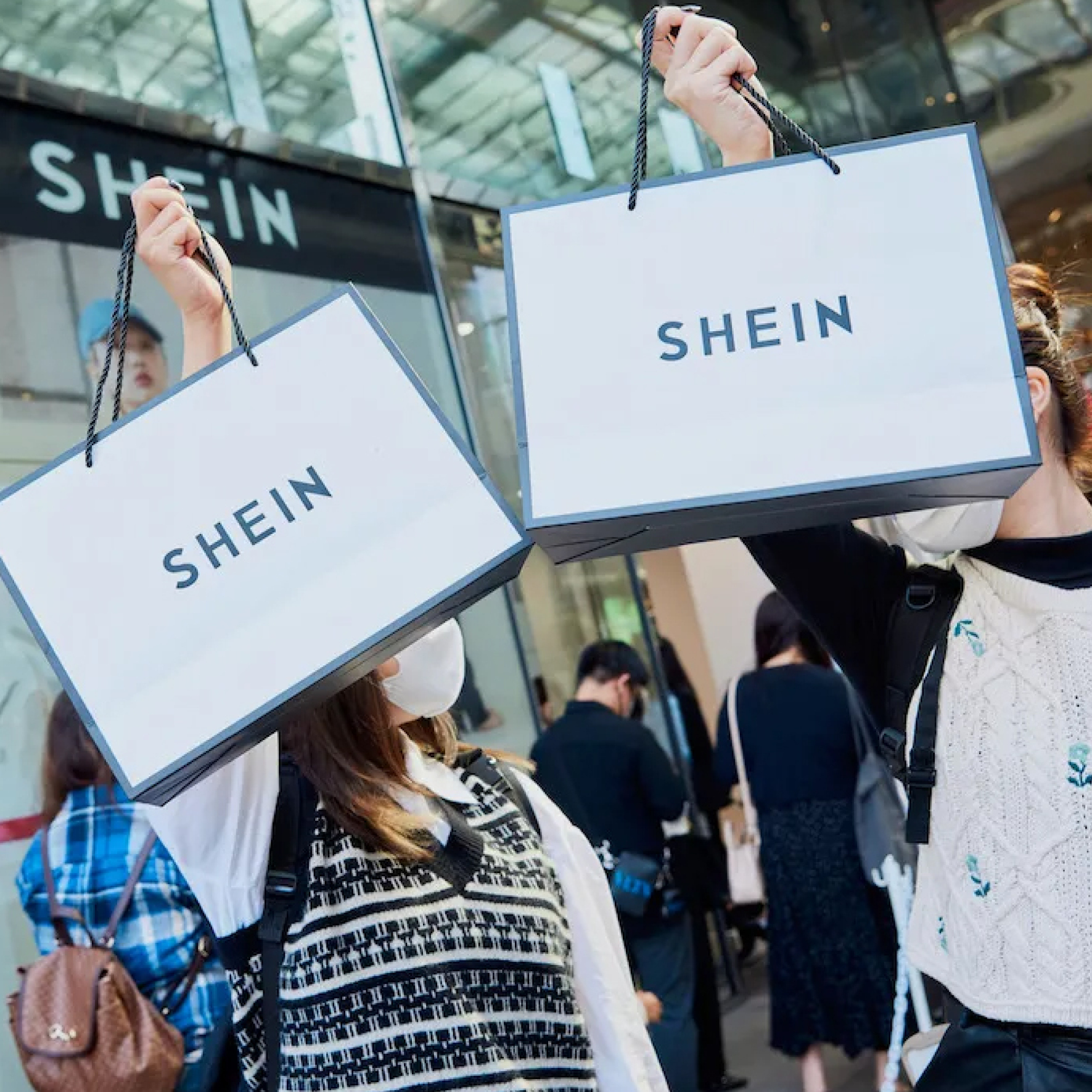For those millennial and Gen Z readers who comprise the group of frenzied addicts of the hottest of hot Shein fast-fashion brand, there’s good news that stores are opening. For Shein there is a strategic lesson to be learned about how their store location strategy could benefit from copying Talbot’s specialty retail chain’s expansion strategy some 50 years ago.
Eminent Domain
While most of those next-gen Shien lovers were not yet born during Talbot’s halcyon years, they might be interested to learn about how the brand grew its store fleet using a catalogue-first strategy. Thousands of catalogues were sent out monthly, and the orders would inform Talbot’s which customer locations were outperforming. Talbot’s would then follow up by opening stores in those areas. This is a no-brainer; no guesswork about where stores would succeed (assuming the rest of their value proposition was commensurate with consumers’ expectations).
Shein has opened pop-up stores in some U.S. cities, obviously collecting more data and localizing their strategies for when they do begin to launch in the States. I predict with the number of their brand addicts that continues to grow, Shein will roll out like a bullet train across this country.
Shein should use that classic catalog order model to identify store locations based on their digital orders. In fact, that may be the case for opening its first physical store in Tokyo. Let’s face it, ecommerce is simply one enormous electronic catalogue. So using order data combined with tons of consumer data is a super effective strategy.
Location Matters
As we are witnessing (and what I’ve been writing about), location strategies are deeply enhanced by AI and data analytics. The tech has helped spawn a third channel of retail distribution, namely the small store strategies of the biggest of the giant legacy brands, namely, Walmart, Target, Macy’s, Bloomingdale’s, Nordstrom, Kohl’s among others. (LINK https://www.therobinreport.com/close-in-and-personal-the-giants-go-to-the-hoods/) This model will accelerate across the entire industry.
Shein’s Tokyo Model: Questionable
Shein’s first brick-and-mortar two-story store in Tokyo will be about 2100-square-feet and is scheduled to open on November 13th. Whether or not Tokyo was Shein’s first location choice based on actual consumer data, their “showroom” model of select, try on, and use Shein’s app to scan QR codes for the items to order online for home delivery is questionable and counterintuitive. How is Shein’s young “I want it now” fanbase going to wait for anything? Maybe the bet is on creating enough social media moments to make the store an experiential destination. Instagram and TikTok are the communication vehicles of choice for Gen Z, and with Shein’s fashion booth, they can record every single second of their time spent in store.
Coming Soon to the U.S.?
Shein has opened pop-up stores in some U.S. cities including Austin, Dallas, LA, Miami, San Francisco and Tempe, obviously collecting more data and localizing their strategies for when they do begin to launch in the States. I predict with the number of brand addicts that continues to grow, Shein will roll out like a bullet train across this country.
And with their deep and growing pockets, they will have the capital to do so. As I outlined in my article, the China-based, sizzling hot (or should I say way cool), fast-fashion brand is transcending Zara, who created the model a couple decades ago. According to Statista, Zara is still ranked first in number of stores worldwide, (about 4500), with H&M second, (about 2500), and revenues of about $12.9 billion for Zara and about $12.5 billion for H&M. But Shein caught my attention big-time. it has been estimated that they are generating revenues of between $8 and $10 billion a year. But wait! Get this: In May 2021, according to an HBS case study, Shein overtook Amazon as the most downloaded shopping app in the U.S. iOS and Android app stores.
And there’s more! According to Measurable.Ai, (MAI), Shein has grown 100 percent over the last eight years, making it the fastest growing ecommerce company in the world. As I said, it caught my undivided attention.
The WSJ reports that Shein’s global sales are forecast to reach $24 billion this year, up from $16 billion in 2021. They will then replace H&M as number two following Zara, both of whom operate online and off.
So, consider Shein’s rocket-fired growth solely online. When they add the “third channel” of stores, the world of fast-fashion competitors, including Zara, had better hunker down just to hold the business they have.
A Final Word of Caution for Shein
As I mentioned, if the Tokyo store is designed simply to gain consumer data, the inability for their young cohort to leave the store with what they just bought could be a big pain point. Amazon Style’s physical model is similar with one significant difference. Customers scan the code, tap in size, color and other specifics, then go to an assigned dressing room, and see what it looks like in a 3D mirror. Then they tap to order and go to the cashier’s desk where the item is sent from a backroom storage space. They pay and leave with the prize.
The showroom model is arguably efficient for the retailer and designing an uncluttered dynamic space is a plus. But in Shein’s case, opening a store and making customers wait for their purchases pretty much defeats the purpose. Instant gratification is the backbone of physical retail. Shein had better be sure they are worth waiting for.




